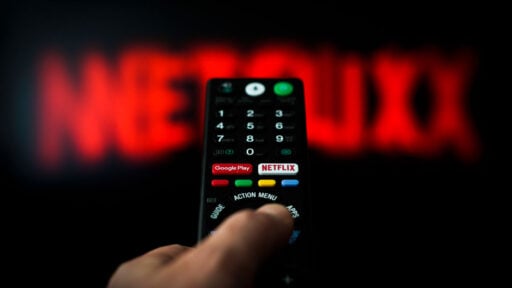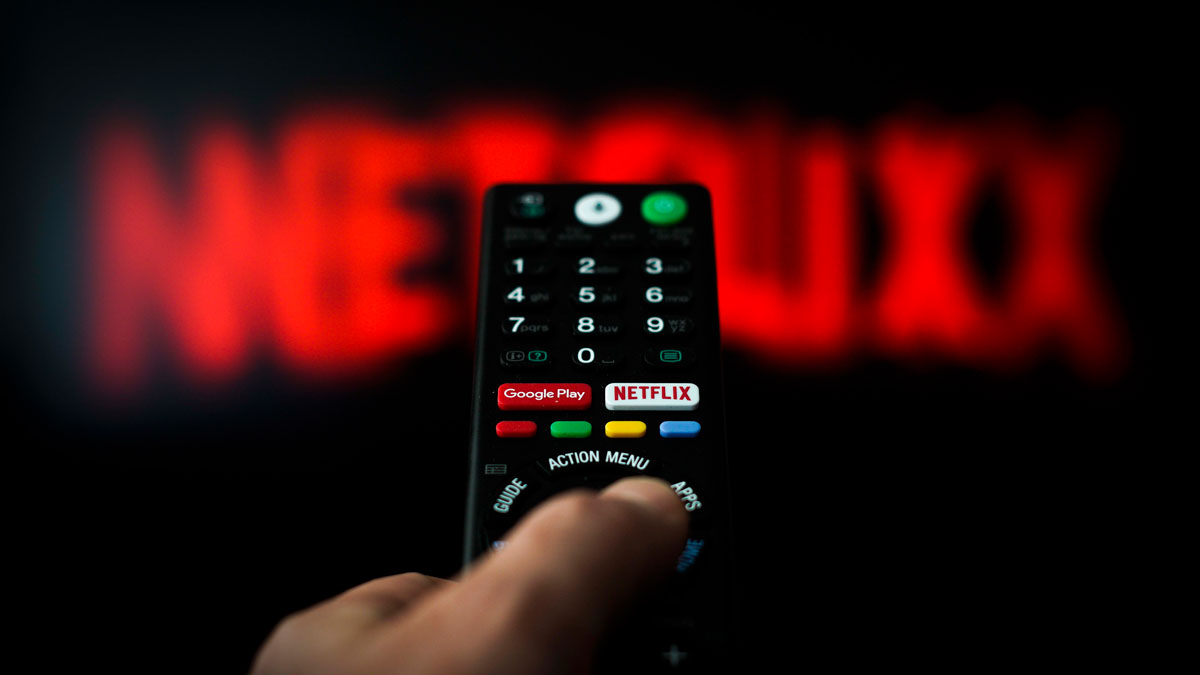“Netflix and chill” is more than just a way to pass the time. The content-on-demand revolution has changed the way we enjoy TV and movies. For a lot of Filipinos, it’s no longer enough to buy TV sets simply for traditional over the air or cable programming. Whether you’re a gamer, a cinephile, or you simply enjoy having the best picture quality available, modern digital television technology has made it possible to enjoy a fuller, richer, more in-depth experience.
If you’re on the lookout for your next TV, here are some trending technologies that will further change the way you enjoy visual content.
Table of Contents:
1.) Dynamic HDR
Dim images are a perennial issue with many lower and mid-tier television sets, as the notorious Game of Thrones episode “The Longest Night” demonstrated. While not universally available, High Dynamic Range (HDR) video, a technology that greatly expands picture contrast and color palettes over standard video, has been around for over a decade. The controversial decision by GoT producers to create an episode calibrated for HDR resulted in a lot of disappointed viewers whose TV sets were unable to keep up with the content.

Of course, this probably won’t be the last time we encounter content that less-capable TVs will struggle with. One problem with HDR is that you have to keep setting it for the type of content you’re watching and the room’s lighting conditions. Honestly, who has time for that?
Enter Dolby Vision IQ. This “dynamic HDR” tech promises to be on an entirely different level from HDR as we know it. Unveiled at CES 2020, it allows a TV set to dynamically adjust its brightness and contrast settings depending on the type of content and the lighting conditions in the room. Appearing in Panasonic and LG’s 2020 OLED models, we’re likely to see Dolby Vision IQ and competing technologies be more widespread in the coming decade.
2.) Wireless Phone-to-TV Connectivity
Whether you want a better way to view HD content on your phone or get the most out of mobile games, being able to connect it to a TV is usually worthwhile. However, cast-to-TV technologies have usually been iffy in their implementation, and results often varied.
Technologies like Samsung’s Tap View promises to make things easier by allowing a wireless connection to your iOS or Android mobile device without the need for cables and cast-to-tv dongles. Tap View is especially interesting as it uses an NFC receiver, similar to those used for contactless payments. All you have to do is tap your mobile device on the right part of the TV and the TV reads your phone and immediately displays your content.
3.) HDMI 2.1
Introduced way back in 2002, HDMI has since become the dominant digital video and audio connection standard for consumers. Over the years, improvements have been made to the HDMI standard to keep it up-to-date with current technologies. HDMI 2.1 is the latest update, supporting 8k content at 60 fps and 4k at 120 fps. While this update won’t make much of a difference for most types of content currently out there, gamers and home cinephiles will doubtlessly enjoy the even higher picture quality offered.
As of now, only a handful of models from a few brands have HDMI 2.1 ports. However, it’s quite for certain that HDMI 2.1 is only going to become more and more prevalent with time, especially on mid-tier and higher-end TV sets.
4.) Filmmaker Mode
Similar to how many audiophiles prefer to have audio that is as close to the intent of the artists as possible, a growing number of cinephiles are demanding a film viewing experience identical to the filmmaker’s vision. A tall order, given default features and settings on many cheaper TVs.
Apart from poor image quality from sub-par image processors, technologies such as motion smoothing that make sports programs more enjoyable are usually blamed for delivering a less “pure” cinematic experience. This is because filmmakers often see altered frame rates as ruining the emotional resonance and intent of a film. This is especially true for modern animation and CGI films, where frame rates are intentionally modulated to produce a certain effect.
To solve this problem, the UHD Alliance, a group that includes LG, Netflix, Dolby, and other businesses with a stake in consumer cinema, have come up with the “Filmmaker mode.” Once enabled, it automatically removes motion smoothing on movies, ensuring that you can effortlessly watch films at their intended frame rates while still enjoying your favorite sports programs with the realism enabled by motion smoothing—all without fiddling the controls for each type of content displayed on your TV.
There has never been a better time to buy a new TV. But even as prices drop and sizes and resolutions increase, it’s important to take the time to learn about the other cutting-edge features and technologies that can bring a heightened level of enjoyment. As even lower-priced sets start to increase in resolution and panel size, the competition between different TVs is going to be less about display technology, resolution, or screen size and more about the less obvious but critical features that make for a more immersive viewing experience.




